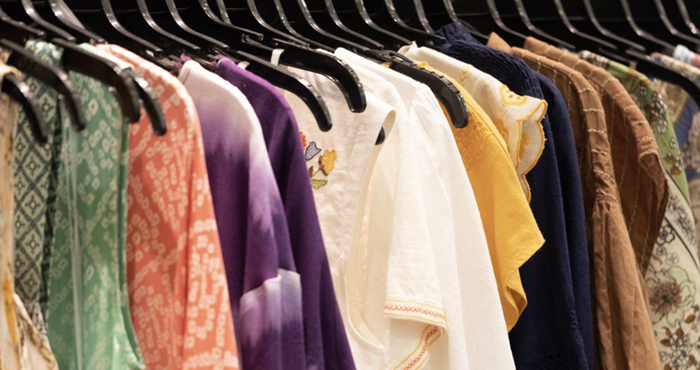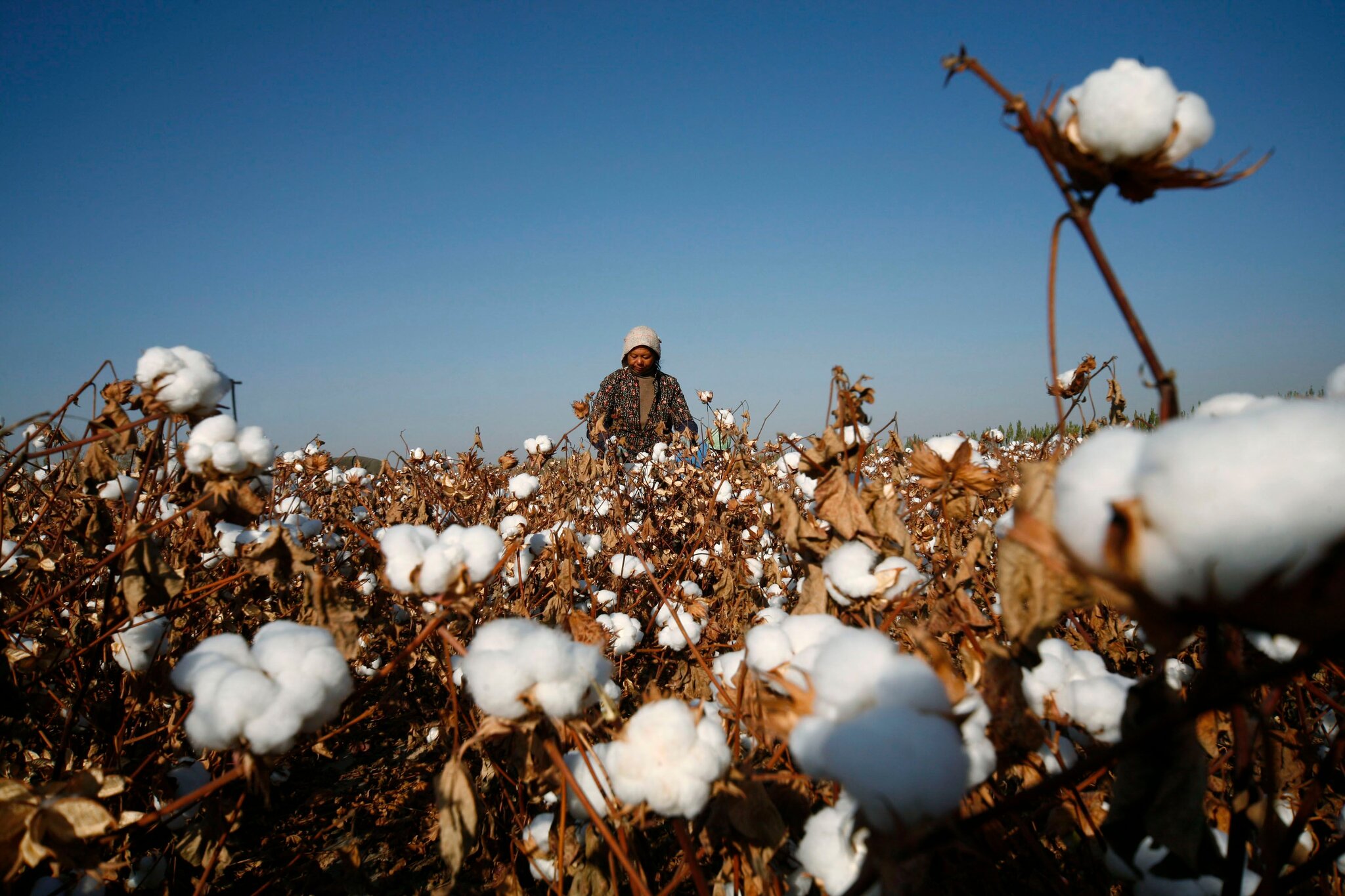For the first 10 months of 2020, Sri Lanka’s apparel and textile exports grew by 21 per cent. The overall export and deemed export industry is facing serious challenges in logistics, both in terms of cost and lead times. Additionally global apparel brands are pursuing an in-country verticality strategy for sourcing their products.
Fabric and accessory manufacturers say that by encouraging the local apparel and textile industry, the industry has potential and is poised for certain growth if the environment remains conducive. This in turn can support the economic needs of the country. The Fabric & Apparel Accessory Manufacturers Association (FAAMA), which is the governing body of fabric and apparel accessory manufacturers in Sri Lanka and a subsidiary association of the Joint Apparel Association Forum Sri Lanka (JAAF), expressed its concerns and recommendations in writing to the CBSL Governor Nivard Cabraal.
However, a move by the Central Bank of Sri Lanka requiring apparel exporters to use only local currency for domestically sourced inputs has caused a furore across the biggest foreign exchange earning sector. Fabric and apparel accessory manufacturers sell their products directly to apparel exporters (locally and overseas) hence their businesses are classified as deemed exporters.
The entirety of industry invoicing to apparel exporters has always been in dollars, euros or sterling pounds. The raw materials they require, such as yarns (both cotton and synthetic), dyestuff, chemicals etc, including machinery and spare parts, are not available locally and have to be imported from different countries around the world. Payment for such materials and machinery needs to be settled in dollars.












